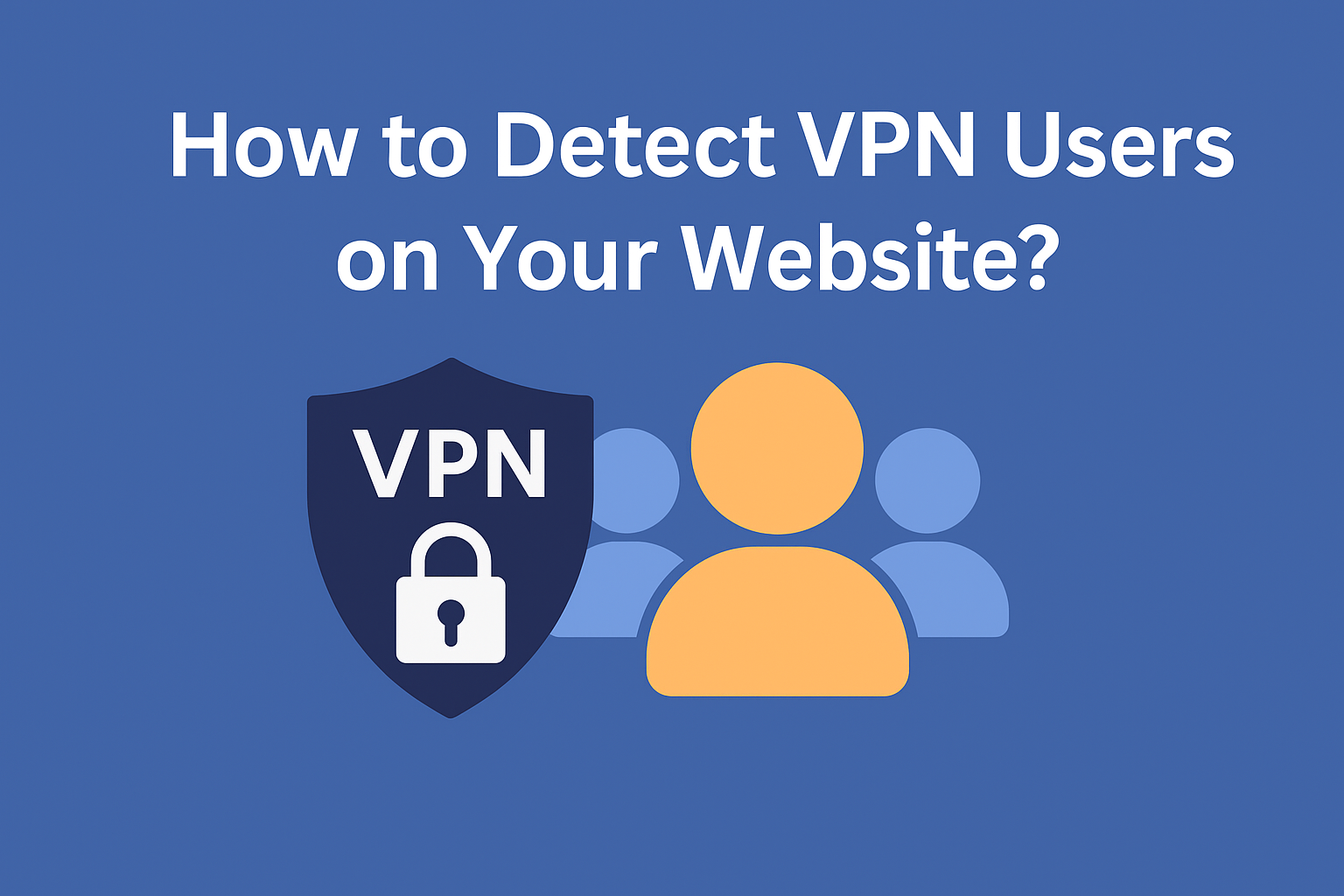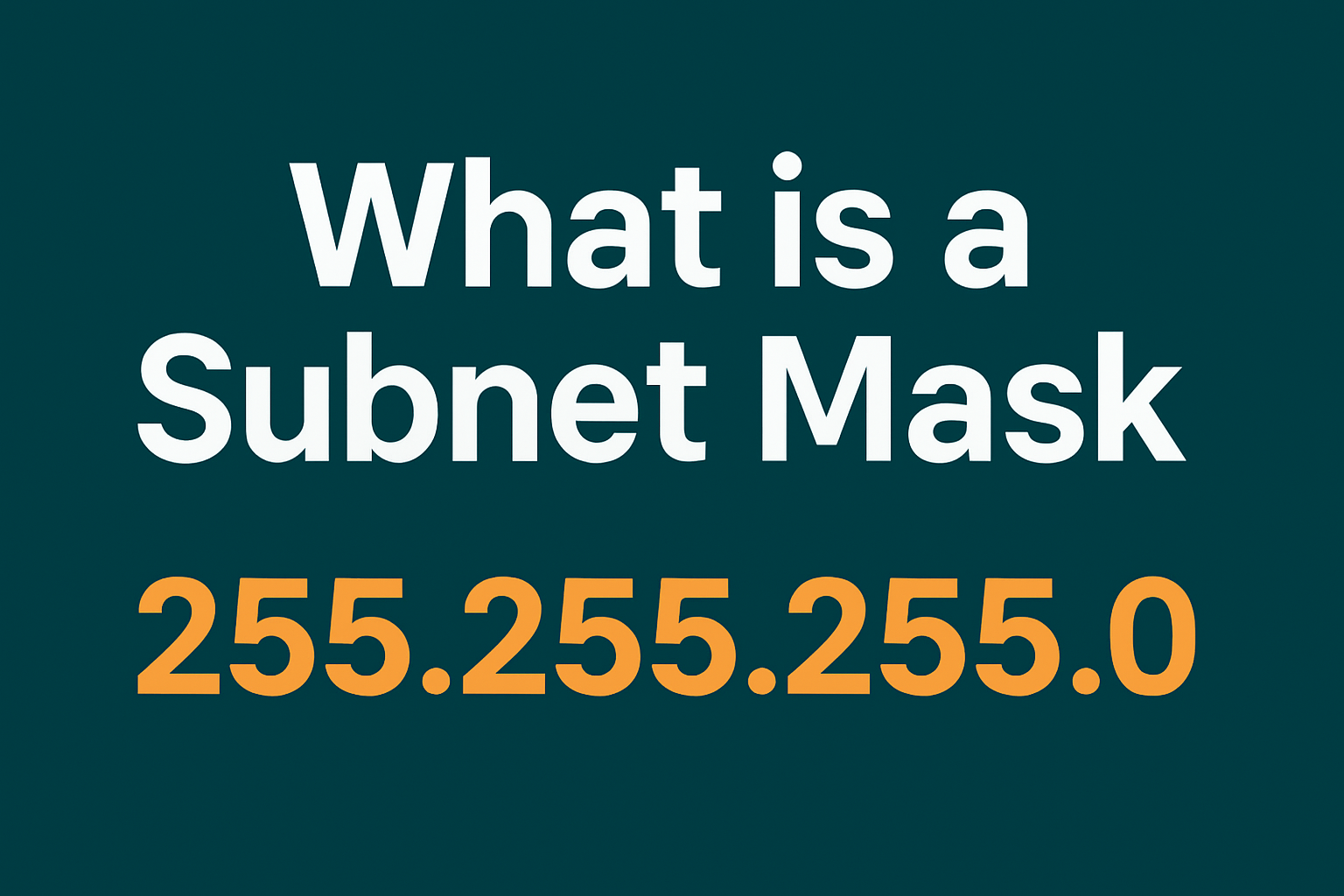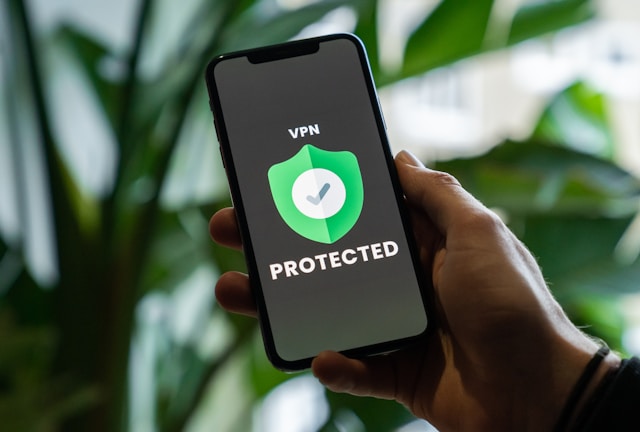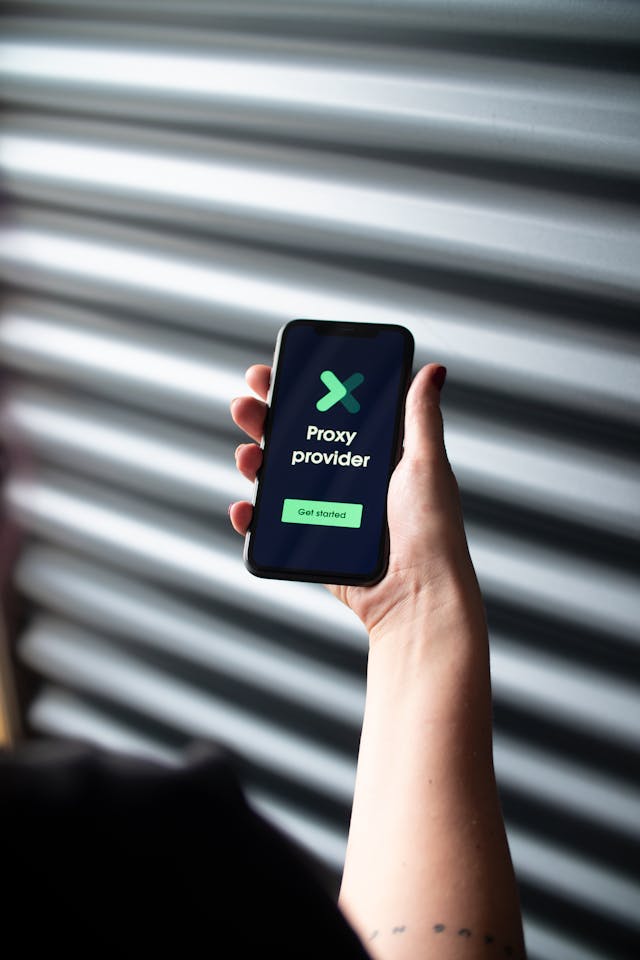VPNs are everywhere, and a lot of people use them, especially in regions where there are geoblock restrictions on foreign content.
Aside from bypassing restrictions, a large user base of VPNs is users looking for online privacy and security.
So, what happens when you’re on the other side? You’re the one running the website. Managing the traffic. And wondering why someone from Switzerland is clicking through a campaign that was only ever shown in Florida.
That’s when you’ll need to implement VPN detection.
This article will tell you exactly:
- Why VPN detection matters
- How to detect VPN users
- And how GeoPlugin helps you do it on your own, without wasting hours
So without delaying further, let’s get into it.
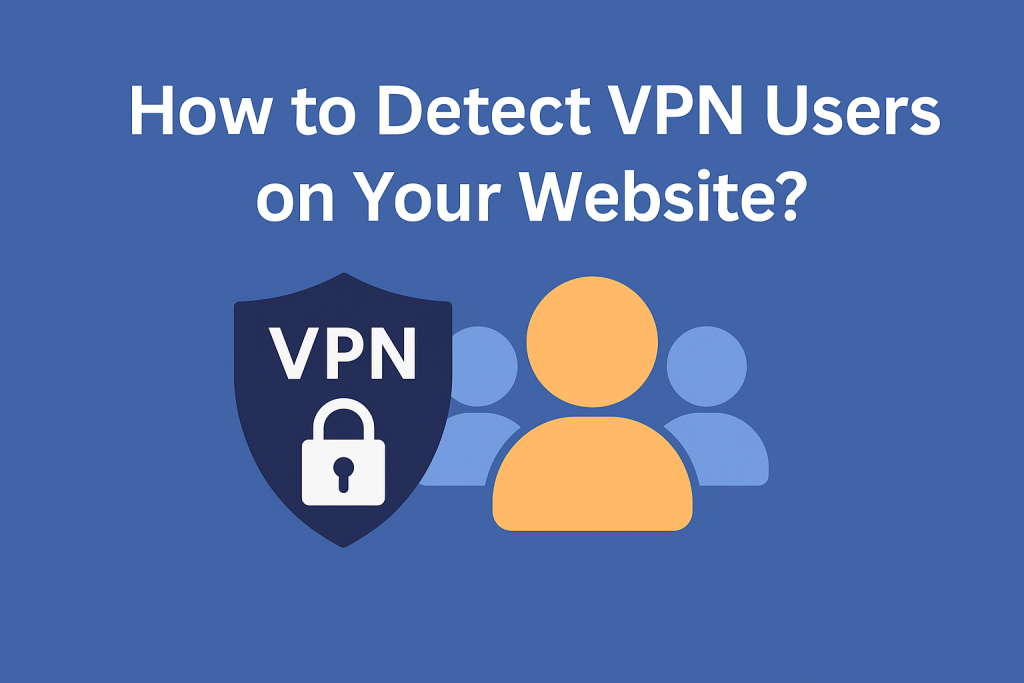
Table of Contents
What Is VPN Detection?
Simply put, VPN detection is how websites and online services figure out that someone’s trying to hide behind a VPN.
Let’s say you’re running a small business website as a local contractor offering services in, say, a quiet suburb.
Naturally, your marketing or local SEO efforts are for people nearby. It would be absurd for a local bakery in Natchez, Mississippi, to target customers in Florida, let alone another country.
But when you check your site analytics, half your traffic is showing up from across the world. Germany? New Zealand? That traffic is not helpful and can overburden your website and lead it to crash, among other issues. What’s more likely is that these visitors are using VPNs, and now you have skewed data.
This is why VPN detection matters.
To detect such visitors, websites, ISPs, and platforms run detection tests that examine various network attributes, like:
- Whether the IP address is from a known VPN provider
- If the packet headers seem off
- Or if the traffic volume spikes in ways that don’t match normal user behavior
Now, not everyone using a VPN is doing something shady. But in the eyes of fraud prevention systems, VPN usage can be a red flag. This is especially true when it pops up alongside other suspicious signals.
That’s why detection isn’t the sole deciding factor. It’s one small part of a much bigger system that builds a full risk profile of a user.
If the system thinks you’re clean, you move along. If not, the system may block you or send your IP to a manual review queue for further examination.
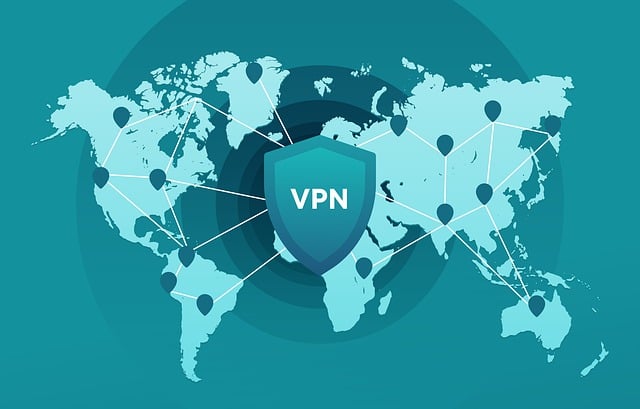
Why Detect & Block VPN Users?
Before we discuss how to detect VPN users, we need to understand the “why” behind it. Let’s look at the multiple reasons why websites and services choose to detect and block VPN users.
Enforcing Location-Based Restrictions
Streaming platforms are under licensing agreements, which make them block content in certain countries.
That’s why a show available on one platform in one country might be missing entirely in another.
When users start using VPNs to access region-locked content, it causes a legal headache for the provider.
So these platforms need detection systems in place to figure out when someone’s using a VPN to bypass those restrictions. If they don’t catch it, they risk breaking their own licensing deals.
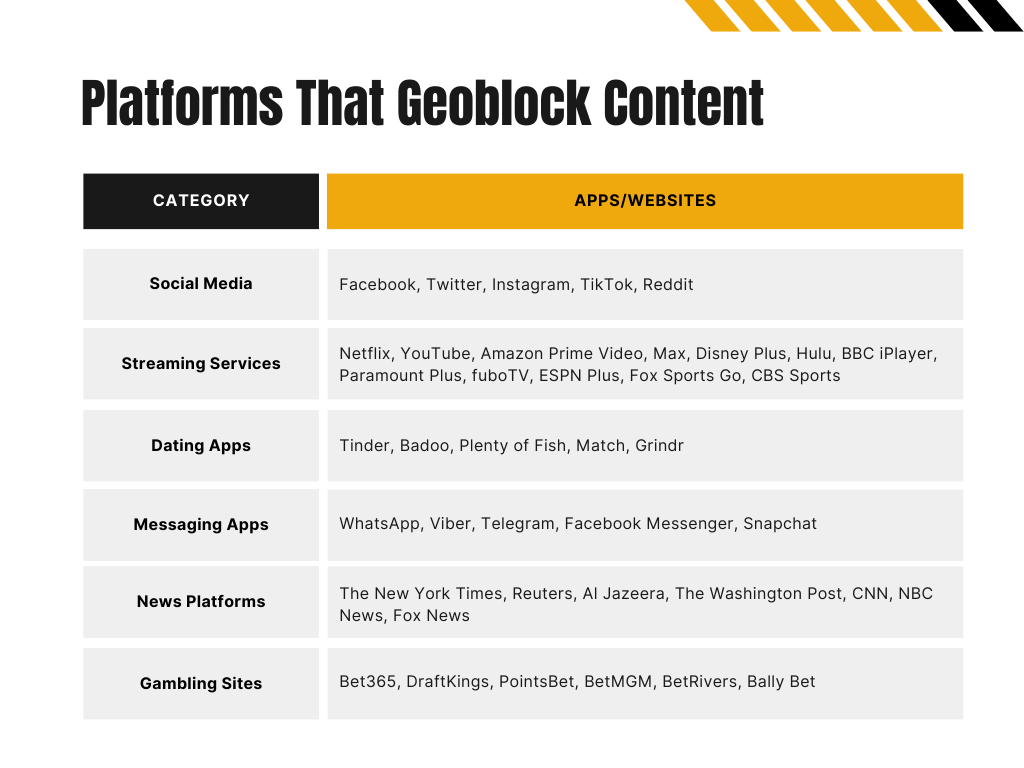
Complying With Government Regulations and Censorship Laws
In some regions, certain websites or online content are outright banned for reasons ranging from political to religious to social.
ISPs and digital services operating in or serving those regions need to comply with these restrictions.
While some websites might prefer full and complete internet freedom, the legal and financial risks of non-compliance are real.
Blocking VPN traffic helps avoid unintentional violations. This is especially true when it’s hard to determine what kind of content is accessible through an encrypted tunnel.
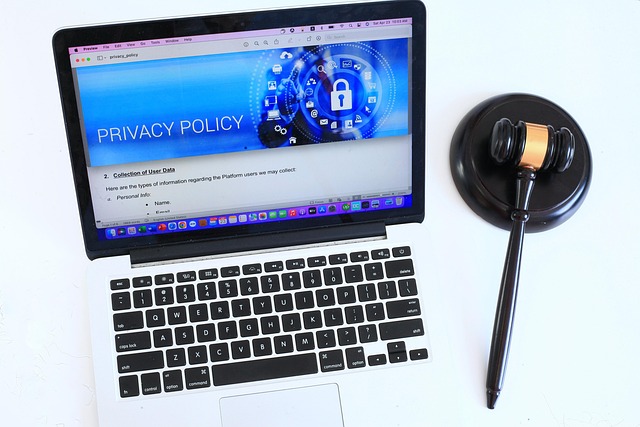
Preventing Fraud and Abuse
VPNs blur the lines of location, and that’s a problem for businesses that rely on geographic signals for fraud prevention.
These businesses usually include the following:
- Online stores with regional pricing
- Banks monitoring suspicious login activity
- Platforms trying to stop bots and spam accounts
When someone uses a VPN, they trigger false flags or, worse, bypass systems meant to keep transactions secure.

How To Detect VPN Users: 6 Ways
After understanding why VPN detection is necessary, let’s show you how to detect VPN usage in practice.
Here are a few of the most common detection methods websites and platforms rely on.
1. Spotting Recycled IP Addresses With High Traffic
One of the signs that someone’s using a VPN is when their IP doesn’t behave like a normal individual connection.
VPN providers usually own a pool of IP addresses, and thousands, sometimes millions, of users share them.
That means the same IP can show up across dozens of different sessions, on different accounts, often at the same time. That’s not typical of regular home networks, which are usually linked to a single household or small business.
Websites that know what to look for can easily flag these patterns. A sudden spike in activity from a single IP? Dozens of users showing up at once from the same address? That stands out.
Over time, these IPs find their place in the blacklist. VPN providers can rotate them all they want, but the list updates constantly. Even doing a basic IP lookup or reverse tracing can reveal whether it belongs to a commercial VPN. Once that happens, it’s game over for that IP.
2. Catching Time Zone Inconsistencies
Most browsers reveal your device’s local time settings, either through APIs or system-level signals.
What if your connection is supposedly coming from a Berlin VPN server, but your device is operating on Pacific Time? That’s a red flag. It doesn’t prove anything by itself, but it’s enough to trigger deeper checks.
Some websites take this even further by looking for what we call an impossible travel.
For instance, if someone logs in from Los Angeles and then a few seconds later appears in Tokyo. That sort of instant teleportation doesn’t exactly scream normal user behavior.
Pair that with a time zone mismatch, and you’re looking at a strong indicator that a VPN is in use.
3. Cross-Checking Device Location Against IP Location
Many devices, especially phones and newer laptops, can share GPS or Wi-Fi-based location data with websites.
If your IP claims you’re in London but your device says you’re still in Jakarta? That kind of disconnect can trigger VPN detection protocols.
Some services go further and compare this location data to your historical login patterns.
Again, this doesn’t guarantee you’re using a VPN, but it fits a pattern that websites are there to notice. And once they spot it, they can use that information to restrict access, flag the activity, or build it into a broader fraud profile.

4. Monitoring VPN-Specific Network Ports
Certain VPN protocols rely on particular ports to establish and maintain connections.
For example, a VPN might commonly use ports like 1194 or 1701, depending on the protocol.
If a site or server sees repeated activity on these ports, that could suggest someone’s tunneling through a VPN.
This process is more commonly seen in environments with strict network controls, like corporate systems or government firewalls.
While it can reveal useful patterns, it’s not without its issues.
Some users might have ports open for totally legitimate reasons, like remote work tools or file-sharing platforms.
So, relying solely on this method to figure out how to detect VPN traffic can result in false alarms. It is especially true when real-world network setups aren’t always predictable.
5. Using Browser Fingerprints for Clues
When you visit a site, your browser leaves behind a bunch of identifiable clues:
- Your operating system
- Screen size, time zone
- Language settings
- The fonts you have installed, among many other things.
Combine enough of those signals, and you’ve got a fingerprint that’s nearly as unique as a physical one.
So, how does this help with VPN detection?
Well, if your IP says you’re browsing from Italy, but your system time and language settings suggest you’re in California? That’s a pretty clear sign that something isn’t lining up.
And when these kinds of mismatches appear consistently, especially across multiple sessions, sites can flag the user for further review.
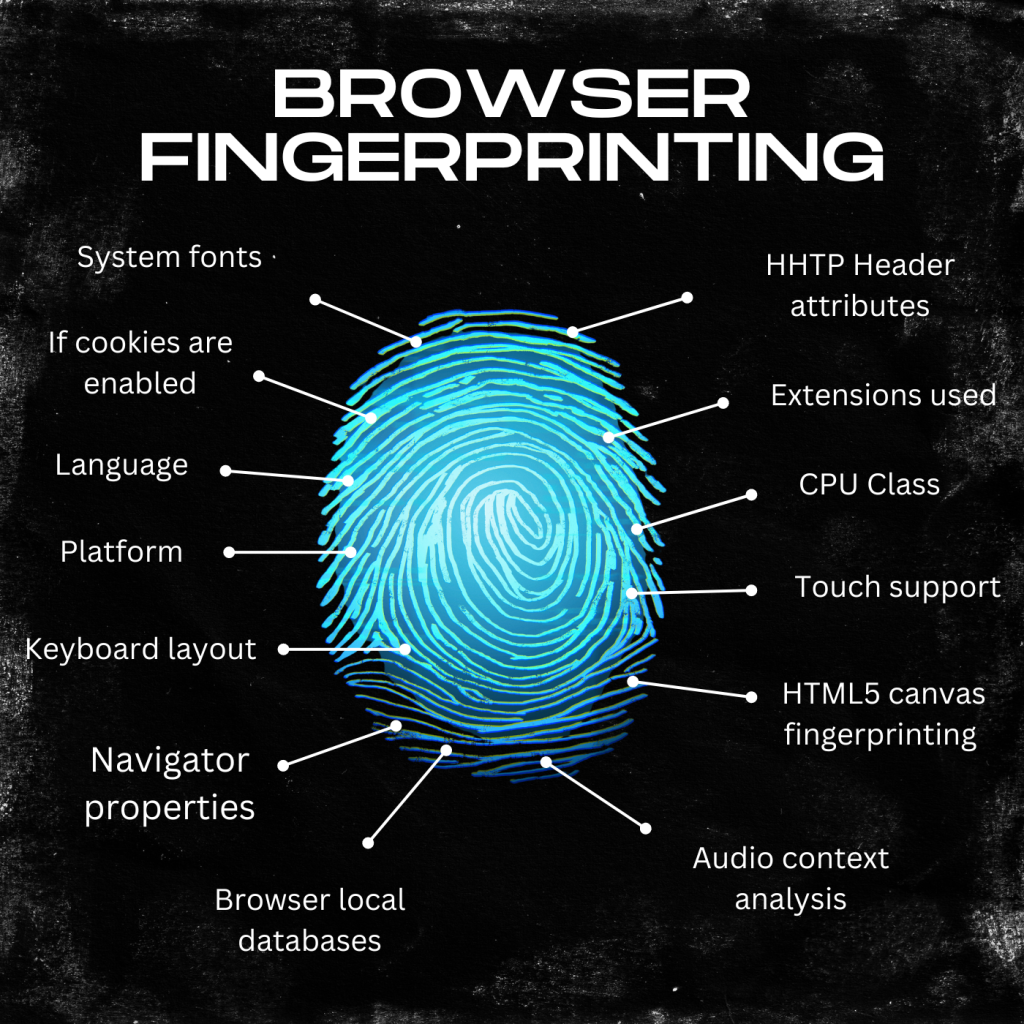
6. Checking for Unusual MTU Values
This method involves analyzing the Maximum Transmission Unit, or MTU, of the data packets coming from a user’s connection.
Different VPN protocols adjust MTU values to match encryption needs or network conditions.
For example, some VPN protocols might use smaller packet sizes to prevent fragmentation. However, other protocols like PPTP or L2TP have predefined limits.
By examining these values, network administrators can sometimes detect VPN activity. It is especially true in cases when the MTU sizes don’t match the expected result from typical residential traffic.
That said, VPN is not the only thing that can affect MTU. Things like router settings, firewalls, or a shaky Wi-Fi connection can mess with packet sizes.
So, like the other methods, this one works best as part of a broader strategy, not in isolation.
Now, let’s see how to detect VPN usage on a website using an API.
How To Detect VPN Usage on a Website Using an API?
Those that we discussed in the earlier section were common traditional methods for detecting VPN usage. It means that those methods, while proven to work, will require manual effort from you or your team.
But there’s a more automated way to flag suspicious connections via APIs, particularly geolocation APIs.
These APIs can provide a wealth of data points about an IP. This data, when cross-referenced, can help you figure out how to detect proxy or VPN users directly from your site.
Take GeoPlugin’s API, for example.
With a single API call, you can retrieve detailed information about a user’s IP address and their:
- Country
- Region
- City
- Time zone
- Currency
- Longitude, latitude, and more
That alone gives you several layers of attributes to evaluate.
Let’s say you’re running a website and a user shows up claiming to be in North America.
According to the API response, their geoplugin_countryName says “United States,” their geoplugin_timezone returns “America/Chicago,” and the geoplugin_continentName matches too.
On the surface, it seems legitimate.
But what if the browser’s local time or language preferences indicate a completely different region, say, Europe or Southeast Asia?
That kind of mismatch is a strong signal that the user might be routing their connection through a VPN or proxy.
From the IP geolocation API response, you can also use data like the geoplugin_currencyCode and languages.
You can compare them against what’s expected based on the IP address. If a user’s IP claims they’re in Canada, but their default currency is in Euros and their primary browser language is Dutch, that combination might not make sense. It could indicate a mismatch in regional settings or a potential issue with user configuration.
While there are valid use cases for those combinations, it’s the inconsistency across data points that calls for further scrutiny.
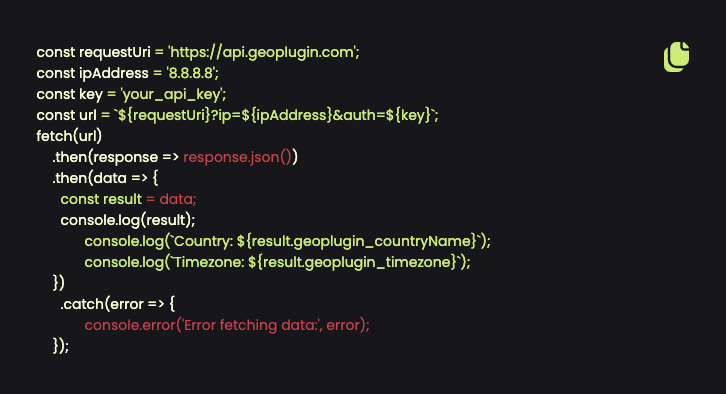
Detect VPN Users With GeoPlugin API
VPNs may blur the lines of online identity, but they surely don’t make users invisible.
Although hidden from the eyes of website owners who don’t detect VPNs, the signs of VPN users are still there. You just have to know where to look.
Now, after reading this blog, you know how to detect a VPN. So, if you’re looking for a quick and reliable way to get started, GeoPlugin’s geolocation API makes the process simple.
With fast IP lookups, detailed data, and easy API integration, you don’t need a full security team to start identifying VPN traffic.
Sign up for GeoPlugin and start detecting VPN users with precision.
FAQs
Can VPN users be detected?
Yes, VPN users can be detected by analyzing various connection signals, such as:
- IP addresses
- Time zones
- Device location
- Browser fingerprints
- And unusual network behavior
While it’s not always foolproof, combining these signals improves accuracy and helps detect VPN users.
How do websites know if you’re using a VPN?
Websites can detect VPN usage by checking if your IP address belongs to a known VPN provider. They can also find out if your device location mismatches your IP location. Or if your time zone doesn’t align with your claimed region. These are just a few ways websites can detect whether you’re using a VPN. There are many others.
Is it legal to detect and block VPN users?
Yes, detecting and blocking VPN users is legal. Websites have the right to control access to their content or services. Oftentimes, websites block VPN users when they have to enforce licensing agreements, prevent fraud, or comply with local regulations.
